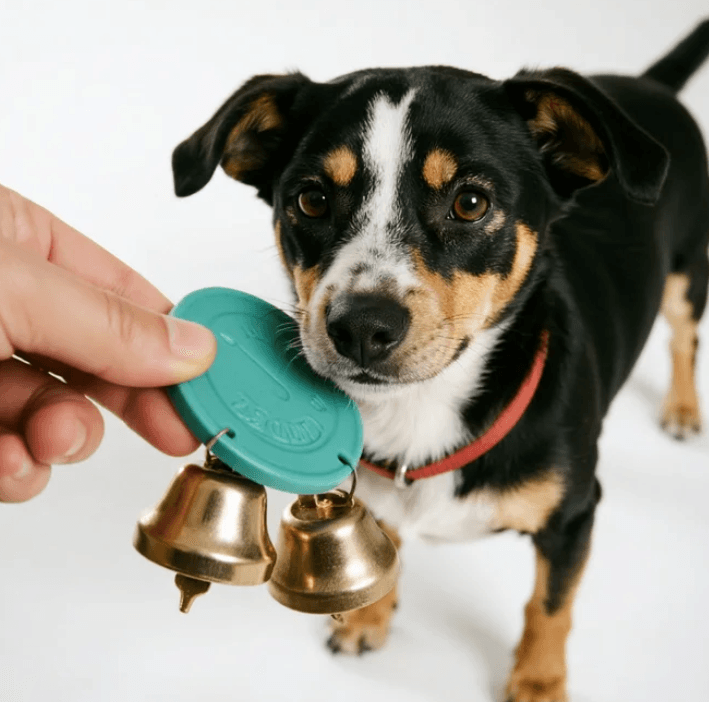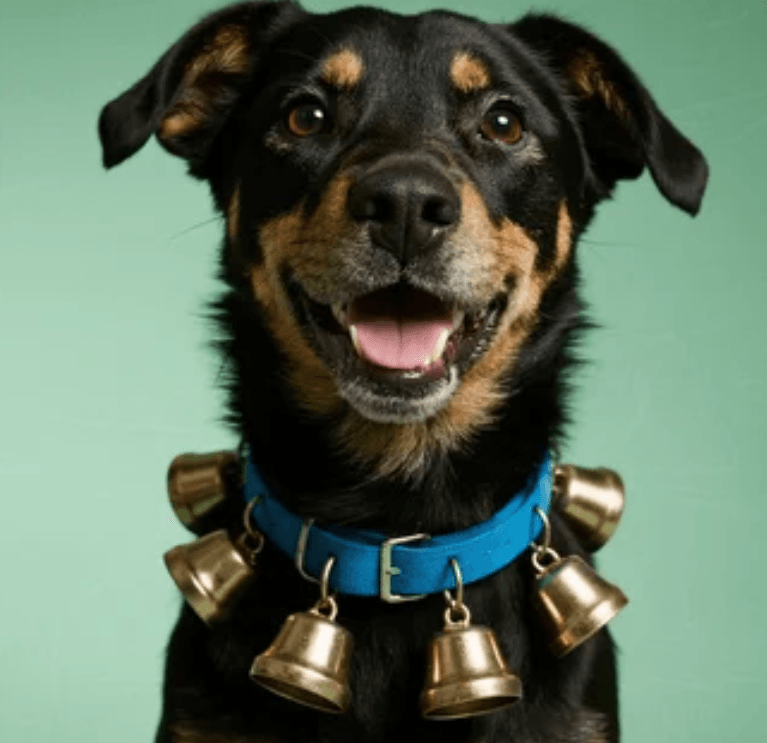What is a Dog Clicker? A Complete Guide for Modern Dog Training

Understanding the Basics of a Dog Clicker
Dog training has evolved dramatically over the years, moving from dominance-based methods to more humane, science-backed approaches.
One such method is clicker training, a form of positive reinforcement that uses a small handheld device known as a "dog clicker." But what is a dog clicker exactly? How does it work, and why is it so popular among trainers and pet parents worldwide?
This comprehensive guide will answer all those questions and more.
What is a Dog Clicker?
A dog clicker is a simple mechanical device that makes a distinctive "click" sound when pressed. It is small, usually fits in the palm of your hand, and contains a metal strip inside that creates a consistent sound. This sound becomes a powerful communication tool when paired with rewards like treats or praise.
In the context of dog training, the clicker is used to mark a desired behavior at the exact moment it occurs. The click tells the dog, "Yes, that’s what I wanted!" and is immediately followed by a reward, reinforcing the behavior and increasing the chances of it happening again.
Why Use a Clicker for Dog Training?
Clicker training is based on the principles of operant conditioning, a psychological concept introduced by B.F. Skinner. It is widely regarded as one of the most effective and humane methods for training dogs. Here are a few reasons why clicker training is so beneficial:
- Clarity and Consistency: The clicker sound is unique and distinct, providing a clear signal that the dog can easily recognize.
- Precise Timing: It helps mark the exact moment a behavior happens, making the learning process faster and more accurate.
- Positive Reinforcement: Encourages good behavior by rewarding the dog, rather than punishing mistakes.
- Versatility: Useful for basic obedience, tricks, agility, and even behavior modification.
How Does a Dog Clicker Work?
Clicker training follows a straightforward process known as "mark and reward." Here's how it works:
- Step 1: Charge the Clicker – Start by pairing the clicker with a treat. Click, then give a treat. Repeat this several times so your dog learns that a click means a reward is coming.
- Step 2: Mark the Behavior – Wait for the dog to do the desired action, then click at the exact moment it happens.
- Step 3: Reward Immediately – After the click, give the dog a treat or other reward within a second or two.
- Step 4: Repeat and Reinforce – Consistency is key. Repeat the process to reinforce the behavior until it becomes a habit.
Types of Dog Clickers
There are several different kinds of dog clickers on the market today. Here’s a breakdown of the most popular ones:
- Standard Box Clicker: The most basic form, with a sharp, loud click.
- Button Clicker: Easier to use with a more ergonomic design and softer click sound.
- Clicker with Wrist Strap: Convenient for keeping your hands free during training sessions.
- Adjustable Volume Clicker: Ideal for sound-sensitive dogs or indoor training.
When to Use a Dog Clicker
Clicker training can be used at any stage of a dog’s life—from puppies to senior dogs. It's especially useful in these scenarios:
- Basic Obedience: Sit, stay, down, come, leave it.
- Potty Training: Mark correct elimination behavior.
- Crate Training: Reinforce calm behavior inside the crate.
- Socialization: Reward calm behavior around other dogs and people.
- Trick Training: Teach fun behaviors like roll over, spin, or play dead.
Common Mistakes in Clicker Training
Although clicker training is relatively simple, beginners often make a few common mistakes. Avoid the following pitfalls to ensure effective training:
- Clicking Too Late: Timing is critical. A delayed click can confuse your dog about which behavior is being rewarded.
- Not Following With a Reward: The click must always be followed by a treat, especially during the learning phase.
- Overusing the Clicker: Once a behavior is learned, you can phase out the clicker and use verbal praise instead.
- Clicking to Get Attention: The clicker is not a remote control. Only click to mark specific behaviors.
How to Phase Out the Clicker
Once your dog has learned a behavior reliably, you can start to reduce the frequency of clicking. This is known as "fading the clicker." Begin by clicking and rewarding only occasionally, then transition to verbal praise like "Good boy!" or "Yes!" Eventually, your dog will respond just as well without the clicker.
Clicker Training vs. Other Methods
Let’s compare clicker training to other popular training methods:
| Method | Approach | Pros | Cons |
|---|---|---|---|
| Clicker Training | Positive Reinforcement | Precise, humane, fun | Requires treats and consistency |
| Dominance Training | Pack leader theory | Can produce fast results | Risk of fear and stress in dogs |
| Shock Collar Training | Aversive method | Remote control over behavior | Controversial, often inhumane |
Scientific Backing and Studies
Research supports clicker training as a powerful tool for teaching dogs. Studies from institutions like the University of Lincoln and the American Veterinary Society of Animal Behavior confirm that positive reinforcement, including clicker use, leads to better long-term results and strengthens the human-dog bond.
Tips for Success in Clicker Training
Want to get the most out of your clicker training sessions? Follow these practical tips:
- Keep Sessions Short: 5–10 minutes is enough to keep your dog engaged.
- Train in a Quiet Environment: Reduce distractions for better focus.
- Be Patient: Some dogs learn quickly, others need time.
- Use High-Value Treats: Especially in the beginning, use treats your dog loves.
- Train Daily: Regular repetition strengthens learning and retention.
Is Clicker Training Right for Every Dog?
While clicker training works for most dogs, some may need a modified approach:
- Shy or Anxious Dogs: Use a softer clicker or even a pen-style clicker to avoid startling them.
- Hearing-Impaired Dogs: Visual cues or vibrating collars can substitute the clicker sound.
Overall, the adaptability of clicker training makes it suitable for dogs of all breeds, ages, and temperaments.
Where to Buy a Dog Clicker
Dog clickers are widely available and inexpensive. You can find them in:
- Pet stores like PetSmart or Petco
- Online marketplaces such as Amazon
- Specialty dog training shops
Prices usually range from $3 to $10, depending on features like ergonomic design or adjustable volume.
Conclusion: Why Every Dog Owner Should Try Clicker Training
Clicker training is more than just a trend—it’s a proven, effective, and humane way to build better communication with your dog. Whether you’re teaching basic commands or advanced tricks, the dog clicker offers clarity, consistency, and fun.
By understanding what a dog clicker is and how to use it properly, you can elevate your training game and enjoy a stronger, happier bond with your canine companion.
 Related Articles
Related Articles





